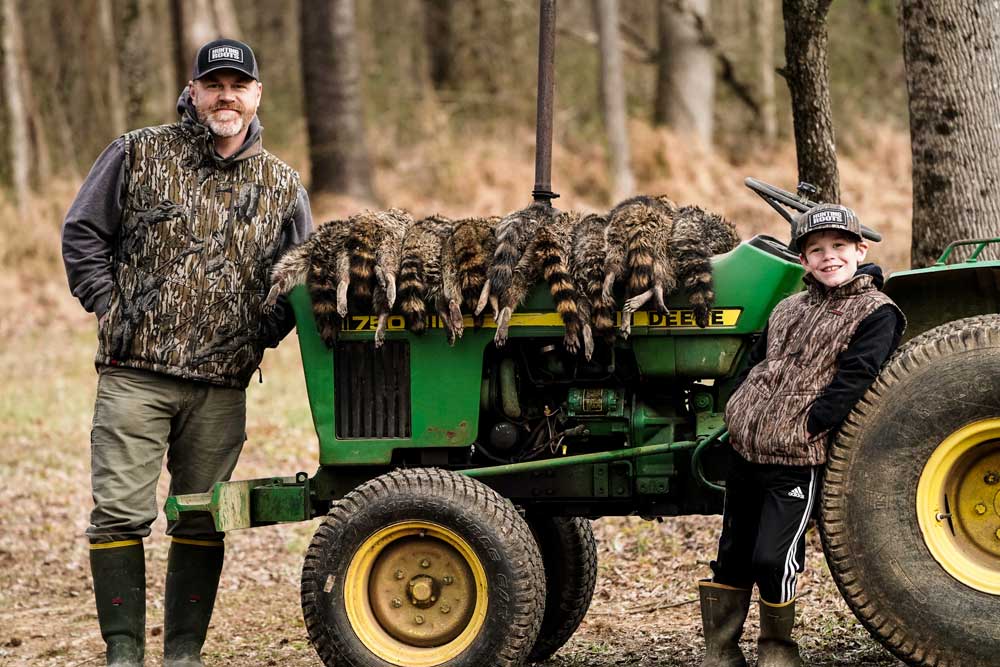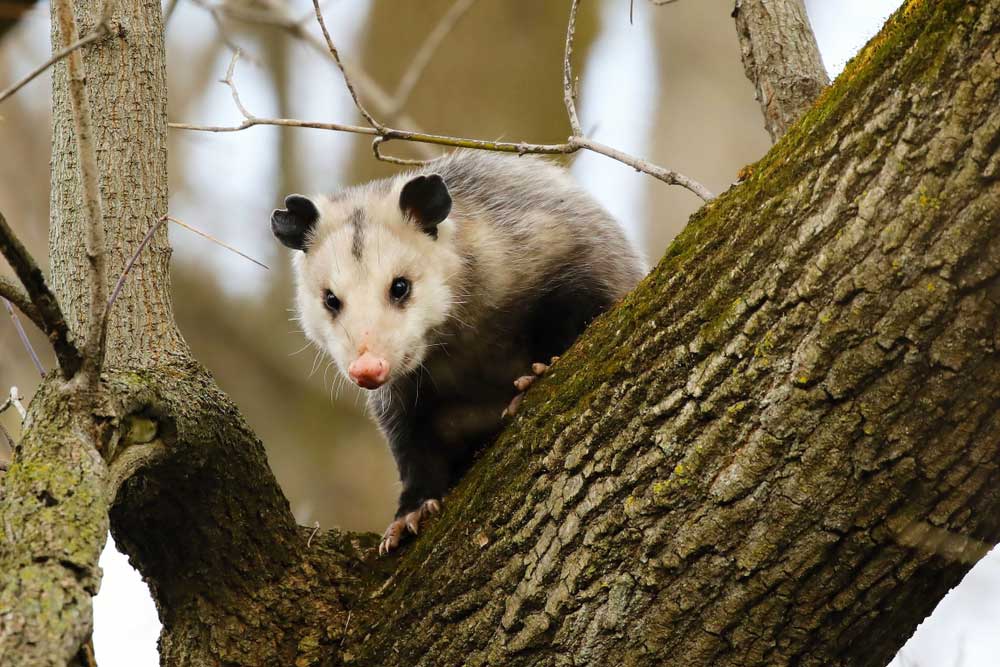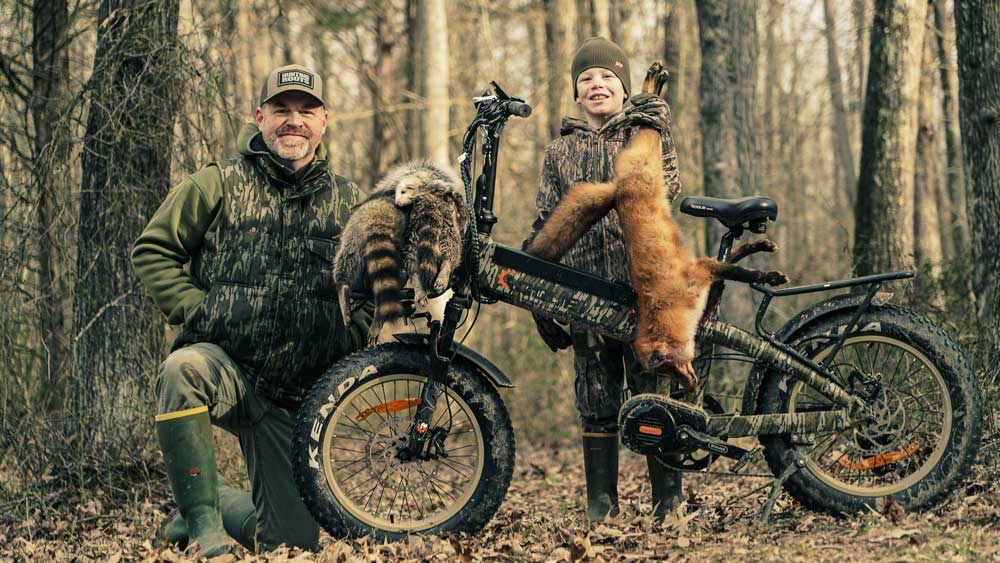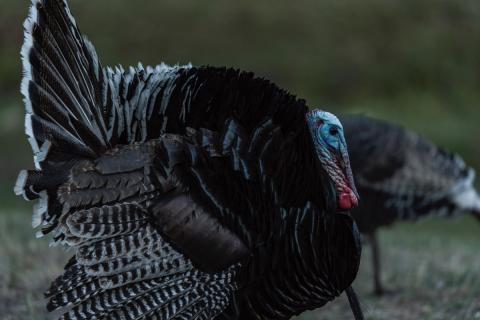Brodie Swisher
If you’ve been a part of the turkey hunting community for any length of time, you’ve probably seen and heard the disdain for turkey numbers as you’ve scrolled through social media. The numbers don’t lie. Turkey populations are not what they were 15-20 years ago.
There’s a number of theories as to why that’s the case, but it honestly seems like there’s more than one culprit to blame. One of which is predation. Turkeys have a lot stacked against them, but ask most any wildlife biologist and they’ll tell you, coons and possums are some of the biggest threats against the wild turkey. That’s why trapping should be one of the annual chores every turkey hunter should have on their list each year. Here’s a look at the why, when and how, on trapping coons and possums each year on the properties you hunt.

Why Trap Coons and Possums?
While our focus here is primarily on trapping coons and possums, the truth is, there are a variety of critters that wreak havoc on turkey eggs each year. Coons, possums, skunks, and snakes are some of the common threats to turkey nests each spring. The Wild Turkey Doc, Mike Chamberlain, says that about 80% of turkey nests fail. That’s a staggering number. That fact alone speaks to the decline of turkey populations across the South where predator numbers run high.
“Nest success is a primary driver of turkey populations,” says Chamberlain. “Many things eat turkey eggs, or kill incubating eggs. I’m often asked about predator management, but that’s a complex issue. Many critters are involved in the puzzle.”
As mentioned above, coons and possums are two of the most common bandits when it comes to the raid on turkey eggs. They inhabit most any acre of ground that has a tree or two close by. Some might say that trapping these small predators will rarely have an impact on your turkey population. However, keep in mind, every coon caught in the trap is one less bandit out there to raid and wipe out a turkey nest. It’s worth the time. It’s worth the effort. Trap every coon and possum you legally can. Encourage your neighbors to do the same, and watch the impact it will make on the properties you hunt.
When to Trap Coons and Possums
Any time is a great time to trap coons and possums. Just make sure you follow local guidelines for trapping your target critters. Coyotes and skunks are open year-round in many parts of the country, while coons and possums tend to be regulated, depending on which state you’re trapping.
The late winter months are a great time to do battle with the predators to help lighten the load against the turkey population come spring. Once deer and duck seasons wrap up, time and opportunity are more available to knock out the trapping chores. Food is scarcer at this time of year than any other. Predators will be hungry and on the move to find food. It makes for ample opportunities to knock down the numbers of bandits on your hunting property. A relentless trapping effort prior to the spring turkey season will ensure that you’re helping lessen the predator threat across the landscape before turkey eggs and poults start hitting the ground.

How to Trap Coons and Possums
There’s a variety of methods to the madness when it comes to trapping coons and possums, but none are as simple to use as the Dogproof Coon Cuff style trap. Coon cuffs are super simple to set up and eliminate the chance of the local dogs getting their leg stuck in the trap.
Coon cuffs are the easiest option when it comes to setup. There’s no ground prep or fancy dirt work necessary for this style of trap. You simply anchor the trap to a tree or in the ground with chain or wire. You don’t have to hide or try to conceal it. You simply stick it in the ground, add your bait, and you’re ready to go.
Focus your trapping efforts around water to catch both coons and possums. Creeks are essentially the highway by which these critters travel. Again, the job is simple. Just place the traps mentioned above along the water’s edge of creeks or the mouth of a culvert and you’ll be golden.
Some of the best baits for catching coons and possums include marshmallows, dog or cat food, tuna, or a piece of Double Bubble gum. When the coon or possum sticks its hand into the trap to grab the grub, it’ll pull the trigger activating the trap, holding it securely by the leg – thus the name, Coon Cuff.

Wrapping Up
Is trapping the answer to bringing an end to the decline in turkey populations across the country? No. But it’s one piece of the big puzzle that’ll make a difference in turkey numbers for years to come. Creating quality turkey habitats, prescribed burns, and trapping predators are the Big 3 when it comes to impacting turkey numbers on the properties you hunt.
Add trapping to your bag of tricks this year. It’s a fun and exciting way to spend time with family and friends in the off-season, and it’ll be a great investment in the future of turkey hunting at the same time.




























